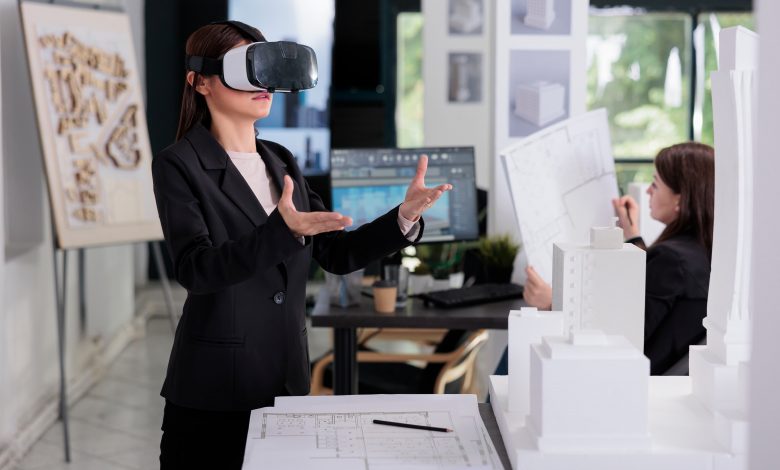The Intersection of AI and Design Software Architecture

Within the continually shifting landscape of architectural design, technological progress holds a central position. Among the most noteworthy advancements is the convergence of Artificial Intelligence (AI) with architectural design software. This article embarks on a journey to unveil how AI is reshaping the realm of architecture, ushering in a transformative future for the field of design.
AI Enhancing Efficiency and Accuracy
AI technologies are transforming architecture by improving efficiency and accuracy. Through AI-powered algorithms, architects can automate repetitive tasks, such as drafting and rendering, reducing the time and effort required for these processes. This results in more streamlined workflows and faster project completion.
Moreover, AI can enhance accuracy by analyzing vast datasets to optimize building designs. It can consider factors like energy efficiency, structural integrity, and aesthetic appeal, leading to more sustainable and functional structures.
AI’s Role in Creative Design
AI isn’t just about automating tasks; it can also inspire creativity. Design software integrated with AI can generate innovative design suggestions based on architects’ input. This collaboration between human creativity and AI-driven insights can lead to groundbreaking architectural concepts.

Virtual Reality and AI
Virtual Reality (VR) is another technology converging with AI to shape the future of architectural design. VR allows architects to create immersive 3D environments, enabling clients and stakeholders to experience designs in a realistic manner. AI complements VR by enhancing the interactive aspects of these virtual environments, making it easier to make design decisions.
Sustainability and AI
Sustainability is a critical concern in modern architecture. AI can contribute by analyzing environmental data to optimize designs for energy efficiency and reduce carbon footprints. Architects can use AI to simulate various scenarios and select the most eco-friendly options.
AI-Powered Building Management
After the completion of a building’s construction, Artificial Intelligence (AI) continues to exert a profound influence on its ongoing management. Intelligent structures, empowered by AI, possess the capability to actively oversee and adapt environmental conditions, security protocols, and energy consumption in real-time. This not only improves comfort and safety but also reduces operational costs.

The Future Landscape
With the relentless progress of AI, its potential impact on architectural design is poised to deepen significantly. We can anticipate AI evolving into an essential instrument for architects, granting them the ability to push the boundaries of creativity while effectively tackling intricate challenges.
Conclusion
The intersection of AI and design software is fundamentally reshaping the terrain of architecture. It is elevating efficiency, nurturing creativity, championing sustainability, and fundamentally changing the approach to designing, constructing, and managing buildings. As AI continues to advance, its influence on architecture will undoubtedly grow, heralding an era characterized by innovation and profound transformation.



